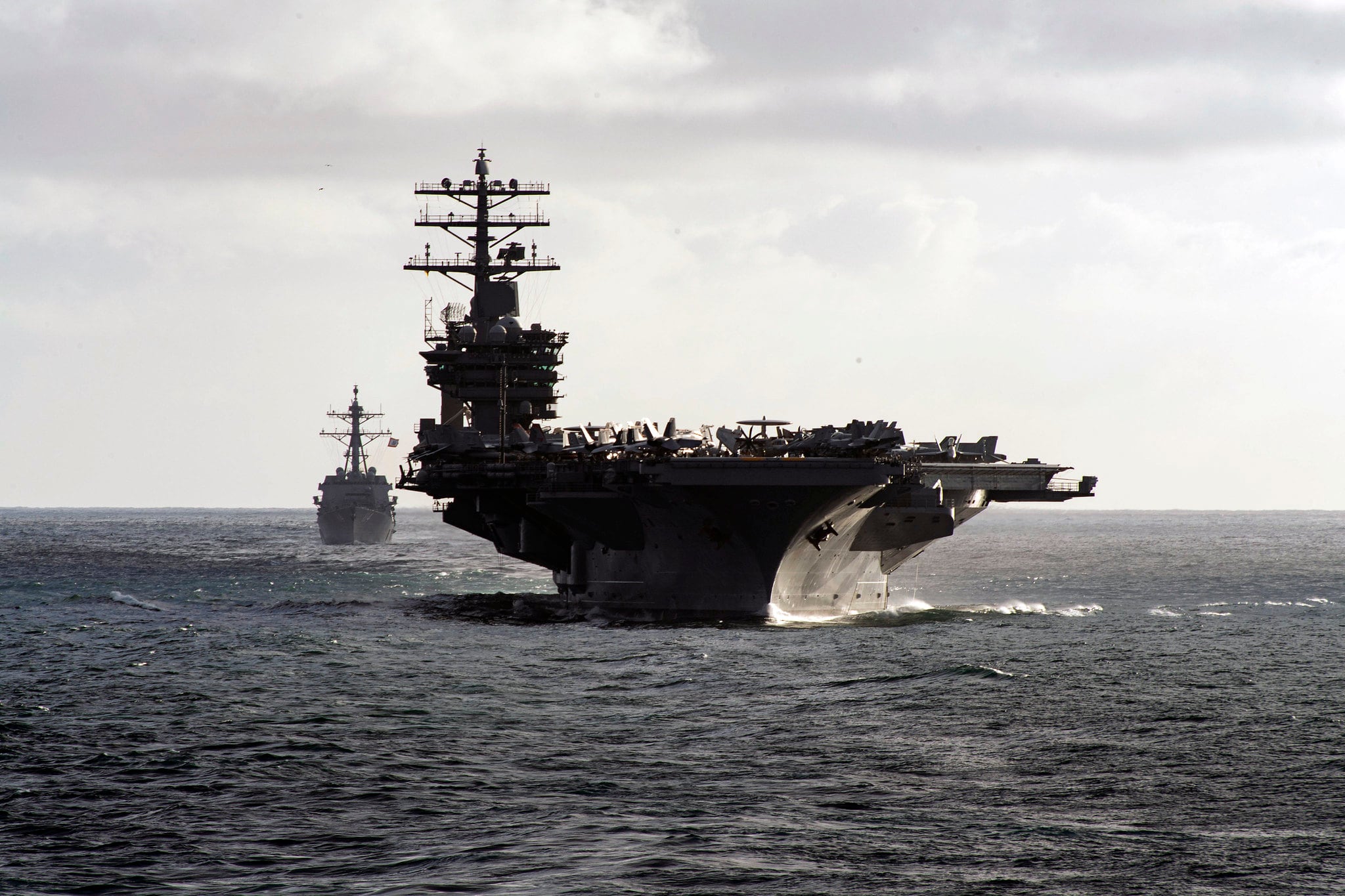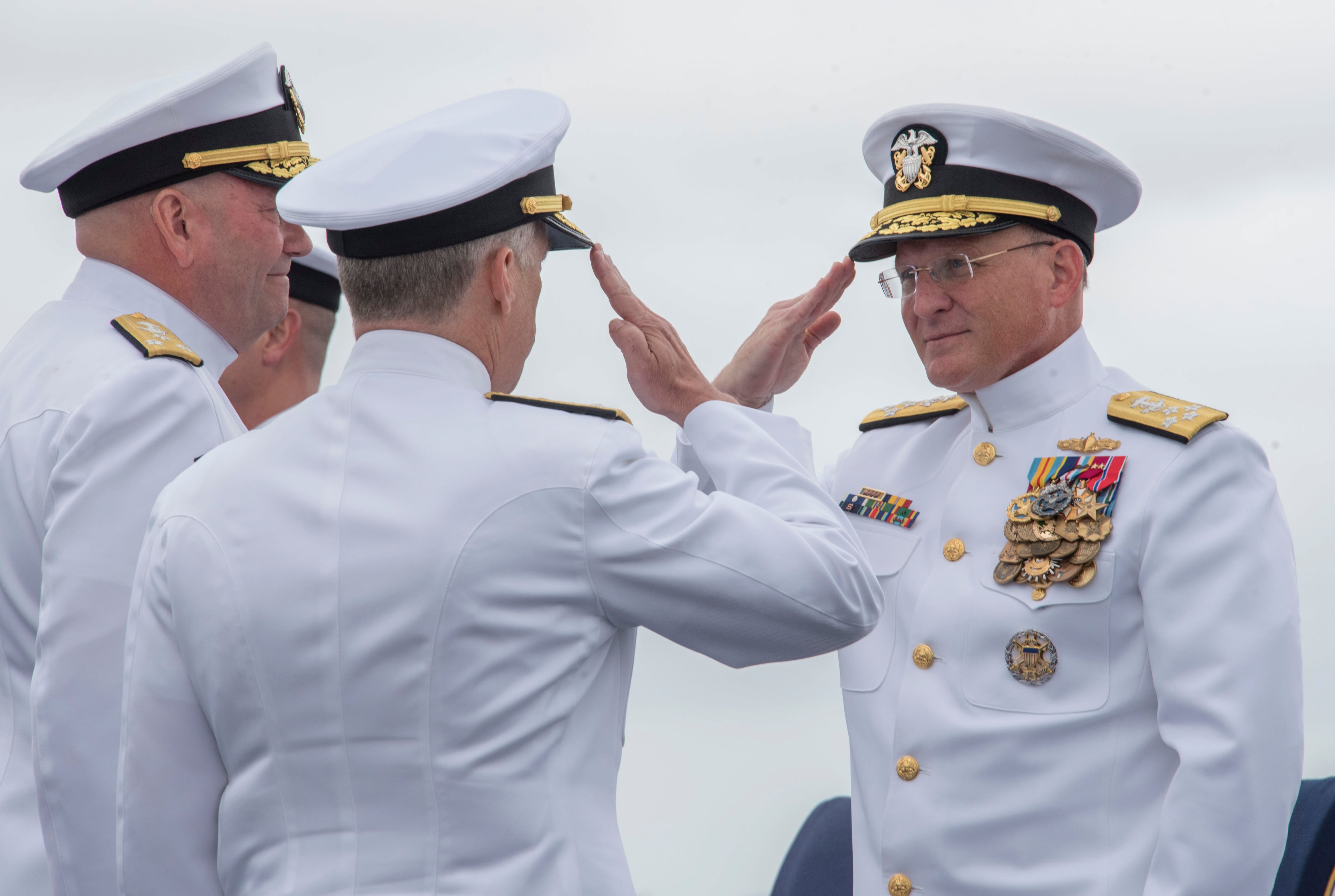The U.S. Navy has identified China as the top strategic threat to the United States, according to Chief of Naval Operations Adm. Michael Gilday, who cautioned the balance of maritime power could shift in the next 10 years.
“Specifically, China is the strategic threat to this country,” Gilday said during Defense One’s State of the Navy event on Tuesday.
That’s why the Navy is crafting a new maritime strategy — in tandem with the Marine Corps and the Coast Guard. Gilday first disclosed that the document was in the works in March during the WEST 2020 conference, according to multiple media reports.
“The Commandant of the Coast Guard and the Commandant of the Marine Corps and I have also put together a tri-service maritime strategy ... we strongly feel that the balance of power in the maritime could potentially be significantly affected in this decade, and the time to act is now,” Gilday said.
The new maritime strategy will detail force design, guiding principles and planning guidance from the commandants, according to Gilday. Likewise, it will require all of the services to unite and streamline capabilities to effectively deter China, he said.
“It’s trying to bring all the services together in a way that we’re optimizing what we have that makes a difference against the leading threat,” Gilday said. “It will all be synchronized, it will all make sense, it will all be stitched together."
Rather than just “close known gaps,” the strategy also intends to leverage studies such as the Future Navy Force Study to channel investments into new technologies, he said.
RELATED

The service expects to release the Tri-Service Maritime Strategy “soon," Navy spokesperson Cmdr. Sarah Higgins told Navy Times.
Gilday’s comments coincide with the Navy’s recently unveiled Battle Force 2045 plan, which demands the U.S. expand its fleet to accommodate more than 500 ships by 2045.
Specifically, the plan calls for between 70-80 general-purpose attack submarines, 140-240 unmanned and optionally manned surface and subsurface vehicles, 60-70 small surface combatants, 50-60 amphibious warfare ships and 70-90 combat logistics force ships.
“Battle Force [20]45 [will] be a more lethal, survivable, adaptable, sustainable, modern and larger force than we have seen in many years,” Secretary of Defense Mark Esper said at an event with the Center for Strategic and Budgetary Assessments earlier in October.
Meanwhile, China is already ahead of the U.S. in terms of the size of its fleet.
A 2020 Department of Defense report to Congress says that China is the “top ship-producing nation in the world by tonnage and is increasing its shipbuilding capacity and capability for all naval classes.” The report also noted that China has the largest Navy in the world and has a total of 350 ships and submarines.
Defense News was the first to report that the U.S. Navy was considering a fleet of more than 500 ships.




